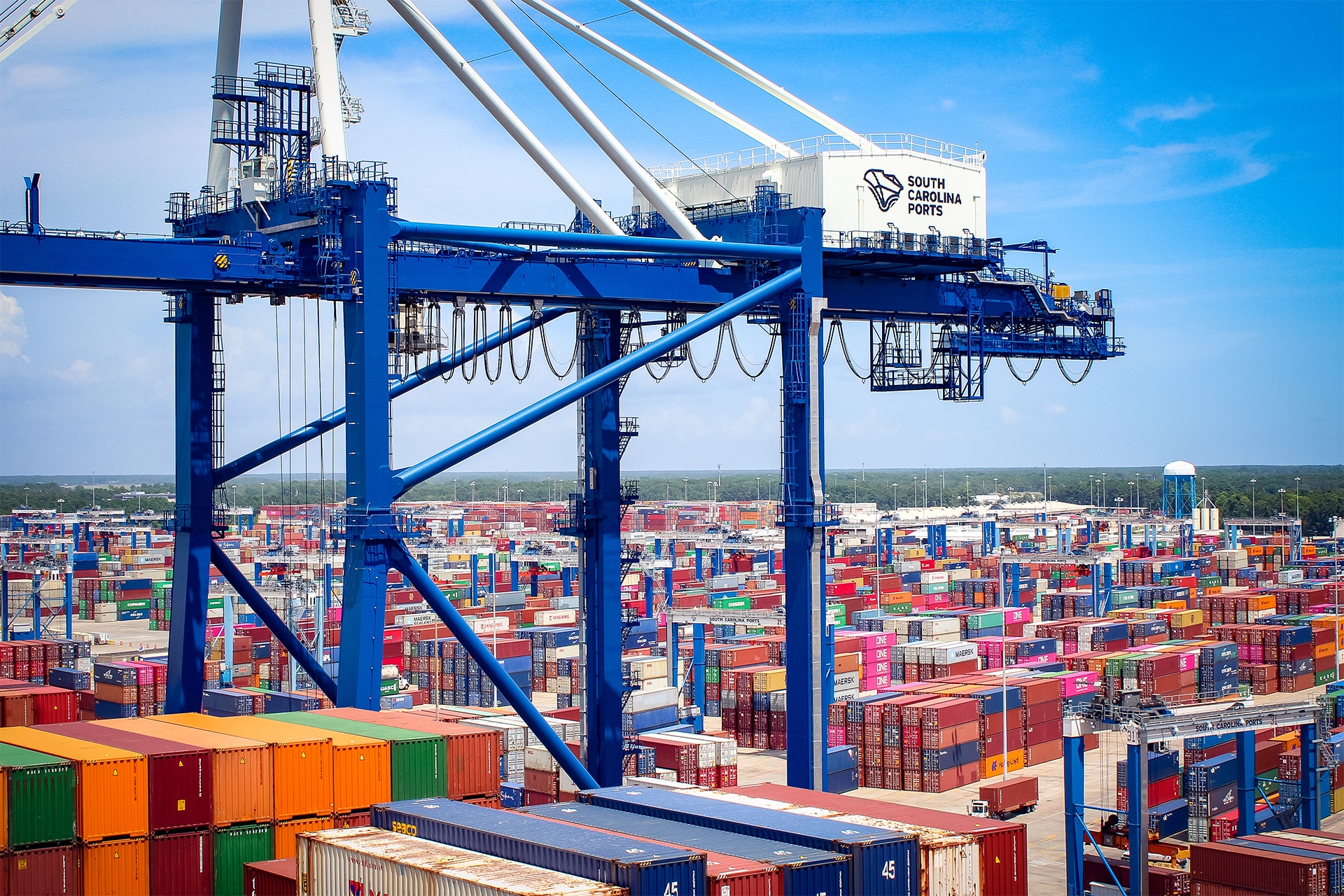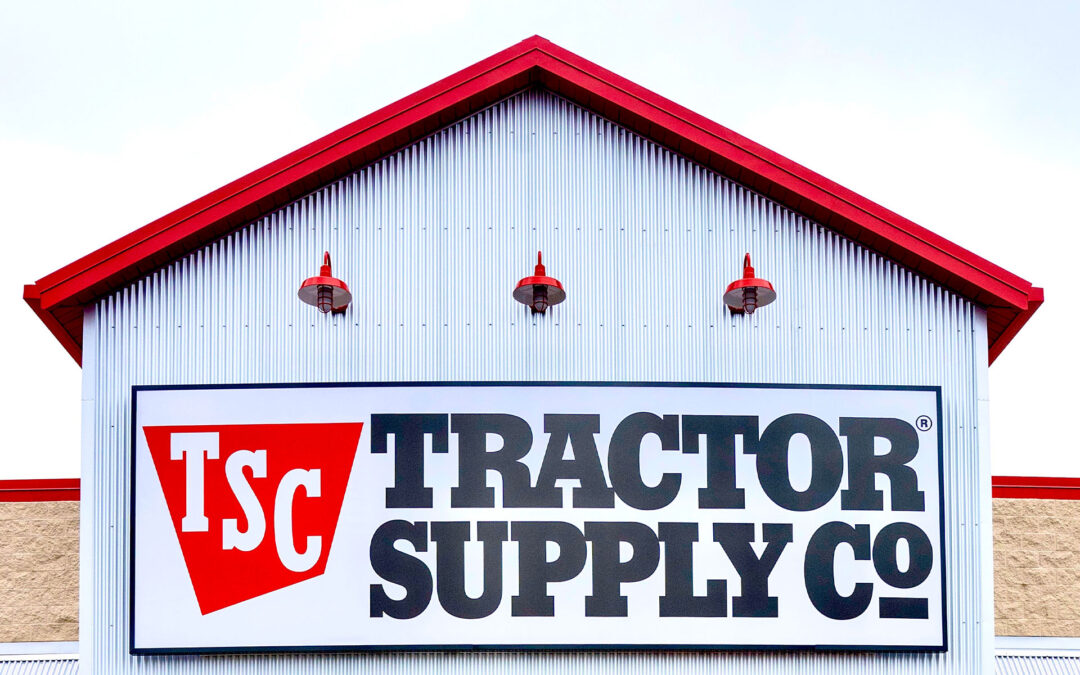Inbound cargo volume at major container ports in the United States remains on track to show year-over-year increases through the first half of 2024, according to the Global Port Tracker report released by the National Retail Federation and Hackett Associates.
As the supply chain adjusts to attacks on vessels passing in the Red Sea and a surge in shipping prices and delays subsides, U.S. ports covered by Global Port Tracker handled 1.96 million 20-foot equivalent units in January, the latest month for which final numbers are available. That figure represented a 4.7% increase from December and an 8.6% gain year over year.
Although ports have not yet reported February’s numbers, Port Tracker projected the month at 1.9 million TEU, up 22.7% year over year. February is traditionally the slowest shipping month because of Lunar New Year factory shutdowns in Asia, but the holiday’s timing and its impact on cargo and year-over-year comparisons vary, according to Port Tracker. The March forecast is for 1.77 million TEU, up 8.8% from the year earlier, while the April forecast is for 1.84 million TEU, up 3.1% year over year. The forecast for May is 1.94 million TEU, up 0.5% from the year earlier, as June is forecast at 1.94 million TEU, up 5.7% year over year, and July is forecast at 1.99 million TEU, up 3.8% year over year.
Port Tracker expects landings for first half of 2024 to total 11.5 million TEU, up 7.8% from the same period a year earlier. Imports in 2023 totaled 22.3 million TEU, down 12.8% from 2022.
Because of the international situation, some cargo that previously traveled from Asia via the Red Sea and Suez Canal across the Atlantic to the U.S. East Coast is going around the Cape of Good Hope instead. There has been an increase in cargo shipped across the Pacific to the East Coast as well, with some ships traveling across the Pacific and through the Panama Canal to reach the East Coast.
“Retailers continue to work with their partners to mitigate the impact of disruptions from Red Sea and Panama Canal restrictions,” said Jonathan Gold, vice president for supply chain and customs policy. “Cargo has been rerouted and goods are arriving where they are needed and in time to meet consumer demand despite the ongoing challenges. Retailers have been impacted by costs and shipping delays, but they are working to minimize any impact on consumers.”
Hackett Associates Founder Ben Hackett added, “Despite the shipping disruptions cause by Houthi rebels in the Red Sea, the global trade of consumer goods, industrial materials and bulk commodities continues to flow relatively smoothly. Fear of an inflationary impact due to the raised cost of transportation should be alleviated by now. Retailers and their carrier partners are adjusting to the re-routings and new schedules, which add new costs, but those can be partially offset by not having to sail up the Red Sea and not having to pay Suez Canal transit costs. This will continue until there is a resolution and freedom of navigation through the Red Sea and Suez Canal.”
Hackett Associates produces Global Port Tracker for the NRF, providing forecasts for the U.S. ports of Los Angeles/Long Beach, Oakland, Seattle and Tacoma on the West Coast, New York/New Jersey, Port of Virginia, Charleston, Savannah, Port Everglades, Miami and Jacksonville on the East Coast, and Houston on the Gulf Coast.





